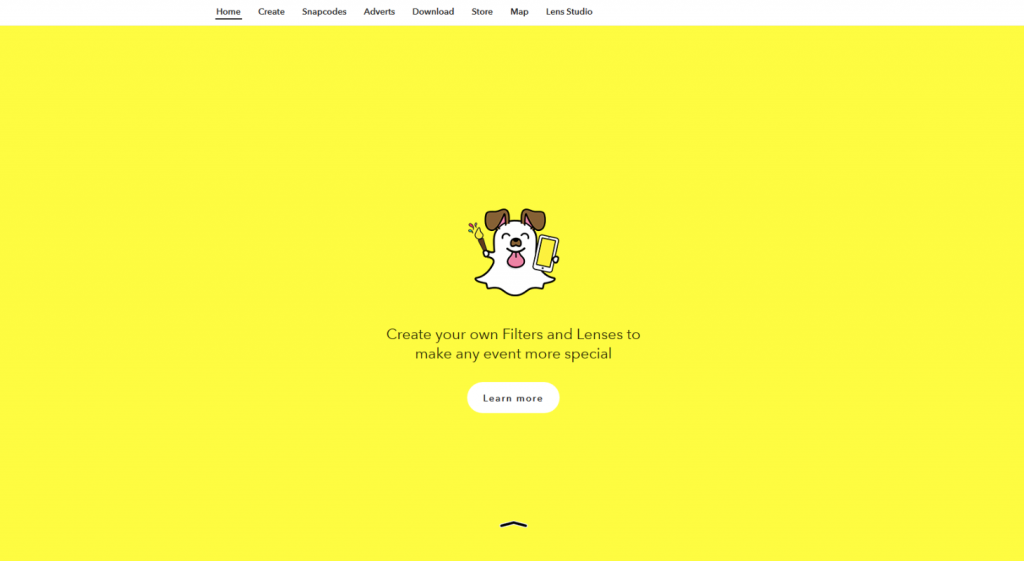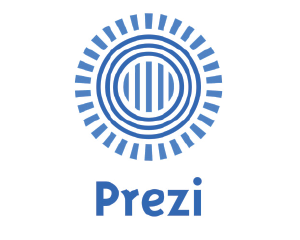snapchat

Description
Snapchat is a mobile messaging application used to share photos, videos, text, and drawings. It’s free to download the app and free to send messages using it. It has become hugely popular in a very short space of time, especially with young people. There is one feature that makes Snapchat different from other forms of texting and photo sharing: the messages disappear from the recipient’s phone after a few seconds. Snapchat is primarily used for creating multimedia messages referred to as “snaps”; snaps can consist of a photo or a short video, and can be edited to include filters and effects, text captions, and drawings. From its earliest days, Snapchat’s main demographic has consisted of millennials. Snapchat has often been seen to represent a new direction in social media, with its users, particularly millennials, craving a more in-the-moment way of sharing and communicating via technology. With less emphasis on the accumulation of an ongoing status involving the presence of permanent material, Snapchat put focus on the ephemeral nature of fleeting encounters.

Key functionality
- Compatibility: Accessible through mobile devices
- User accounts: Users need to register to be able to use Snapchat. After registering to use the site, users can create a customized profile.
- Privacy: Snapchat enables users to choose their own privacy settings from public, friends only or ‘my eyes only’.
- Friends: Friends can be added via usernames and phone contacts, using customizable “Snapcodes”, or through the “Add Nearby” function, which scans for users near their location who are also in the Add Nearby menu.
- Private Messages: Snaps can be directed privately to selected contacts or to a semi-public “Story”. The private message photo snaps can be viewed for a user-specified length of time (1 to 10 seconds as determined by the sender) before they become inaccessible.
- Story: One of the principal concepts of Snapchat is that pictures and messages are only available for a short time before they become inaccessible. The app has evolved from originally focusing on person-to-person photo sharing to presently featuring “Stories” of 24-hour chronological content. In using Snapchat Stories, users can compile photos/videos for all their friends to view and publish them as a Story. Unlike normal Snaps, Snapchat Stories last for 24 hours and can be viewed more than once.
- Discover: Snapchat also has a range of news and entertainment videos on its ‘discover’ feature. Here users have access to articles and videos from their media partners. These small ‘snaps’ make it easy to keep up-to-date with users’ favourite brands. The user can access Snapchat Discover at the bottom right-hand side of their screen and can flick through the content there.
- Snapchat Memories: Snapchat Memories was created so users could show each other their photos from the app. Users can also search through memories using different tag words associated with the photos for example cat, hug, selfies etc. Memories can be shared as a story, directly to another friend or by showing a friend the album in real life. Users have the option to hide photos imported to Memories by moving them to the ‘My eyes only’ folder which can be password protected. The memories feature can be accessed by swiping up on the main camera screen.
- Lens: The “Lens” feature allows users to add real-time effects into their snaps by using face detection technology. This is activated by long-pressing on a face within the viewfinder. This is one of the most popular features of Snapchat among Irish teens. These Lenses allow users to add fun real-time special effects and sounds, change their voice in videos, face swap with friends, or even super-impose a face from a users’ photo gallery onto their face.
- World Lenses: In April 2017, Snapchat extended this feature into “World Lenses”, which use augmented reality technology to integrate 3D rendered elements (such as objects and animated characters) into scenes; these elements are placed and anchored in 3D space.
- Geofilters: A feature known as “Geofilters” allows special graphical overlays to be available if the user is within a certain geographical location, such as a city, event, or destination. Snapchat users can design and submit their own “Geofilters” to be used on the app.
- Videos: The ability to send video snaps was added as a feature option in December 2012. By holding down on the photo button while inside the app, a video of up to ten seconds in length can be captured. After a single viewing, the video disappears by default.
Who uses the tool

0
+ Total Users
Users:
People under the age of 25 use Snapchat for 40 minutes on average every day, more than Instagram’s latest stat for same demographic.
Platform
Gender
Age groups
Platforms

Android

iOS
Privacy and user data
The app collects the following types of information from all users:
- Once a user has set up an account, by default, anyone who knows their username or phone number can send them a message. However, users can set their Snapchat account to only accept messages from users on their “My Friends” list in the settings menu in the application. SnapChat collects user data in 3 basic categories of information:
- Information users choose to give SnapChat – through information included on a user account profile and through user activity.
- Information SnapChat gets when individuals use their services – this includes log data, cookies, device information, etc.
- Information SnapChat gets from third parties – this is where users click-through to other sites from SnapChat.
The app uses this information to:
SnapChat uses this user data for the following purposes:
- To develop, operate, improve, deliver, maintain and protect its products and services.
- To send users communications, including by email.
- To monitor and analyse trends and usage.
- To personalise the services by, among other things, suggesting friends or profile information, or customising the content SnapChat shows users, including adverts.
- To contextualise the user experience by, among other things, tagging user Memories content using their precise location data and applying other labels based on the content.
- To provide and improve advert targeting and measurement, including through the use of a users’ precise location data.
- To enhance the safety and security of its products and services.
- To verify user identity and prevent fraud or other unauthorised or illegal activity.
- To use information collected from cookies and other technology to enhance the services and user experience with them.
- To enforce our Terms of Service and other usage policies.
Terms and conditions of use can be found on this page:
https://www.snap.com/en-US/privacy/privacy-policy/
Using the tool for PROMOVET
Advantages
- SnapChat is the most popular social media platform in Ireland for young learners and so for the purpose of PROMOVET it makes most sense to try and engage these learners on the platforms that they are already using. As such, the PROMOVET training should focus on trying to get teachers to engage with learners on SnapChat.
Disadvantages
- SnapChat is regarded as being a ‘young person’s’ social media platform and so it may take additional support to train teachers and trainers to use SnapChat for education.
- Because of the visual nature of SnapChat – where images are shared and swapped between users and images are only valid for a set amount of time – it may be difficult to find a didactic application for this platform.
- Similar to Instagram, SnapChat is only available as an app, and not a web-based platform, so therefore tablets, iPads or other smart devices will be required to use SnapChat for education purposes in local schools and education centres and this equipment is not readily available among schools and training centres in Ireland.
Video Tutorial
https://youtu.be/L_oVvpnIQHw%20


